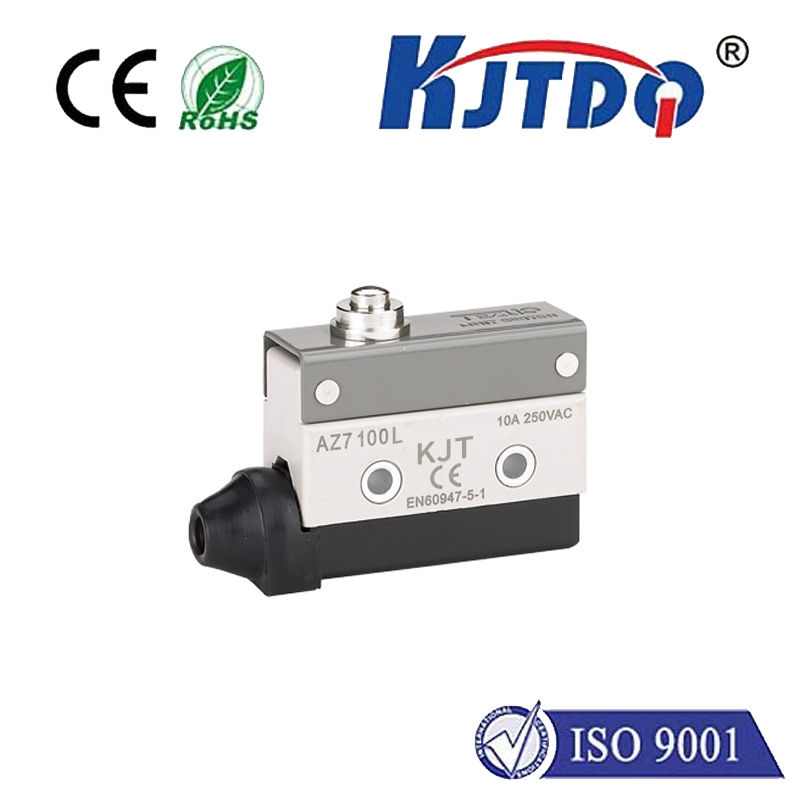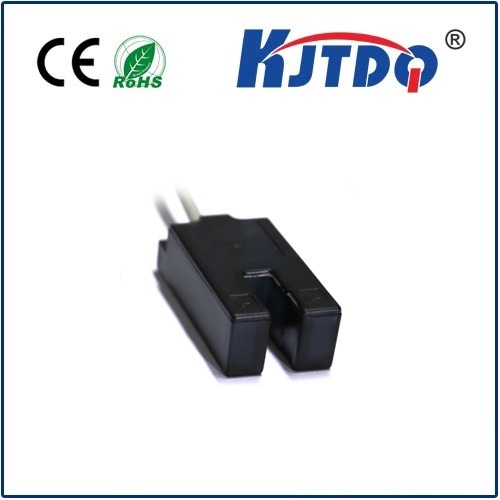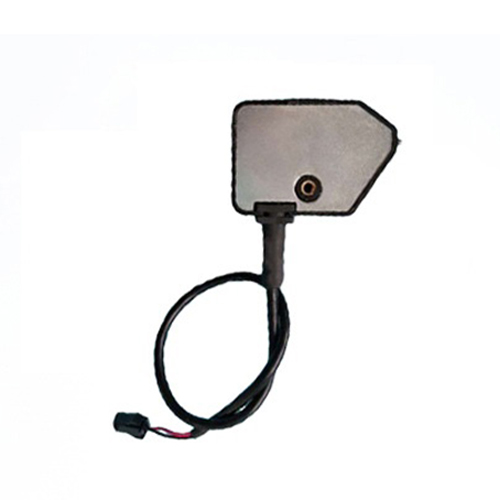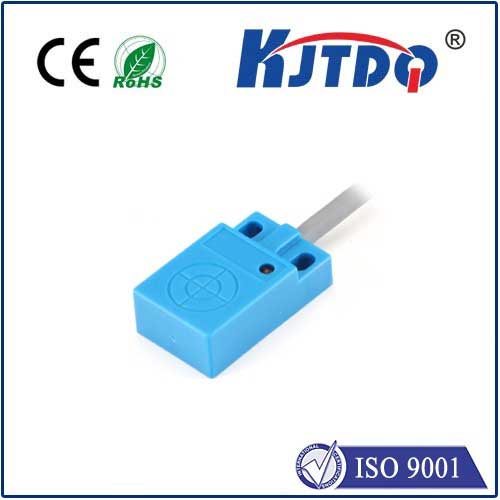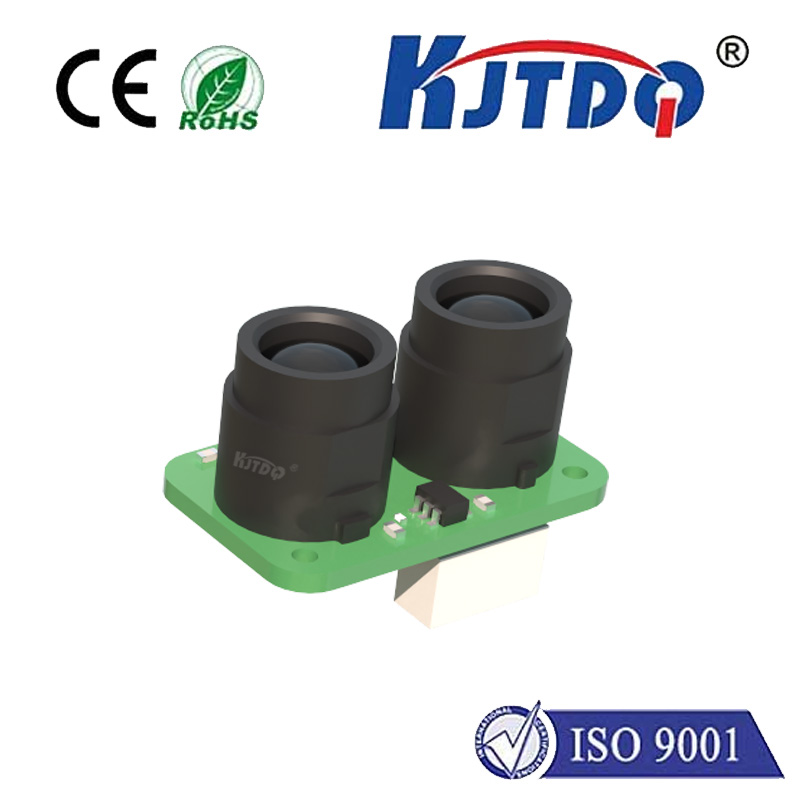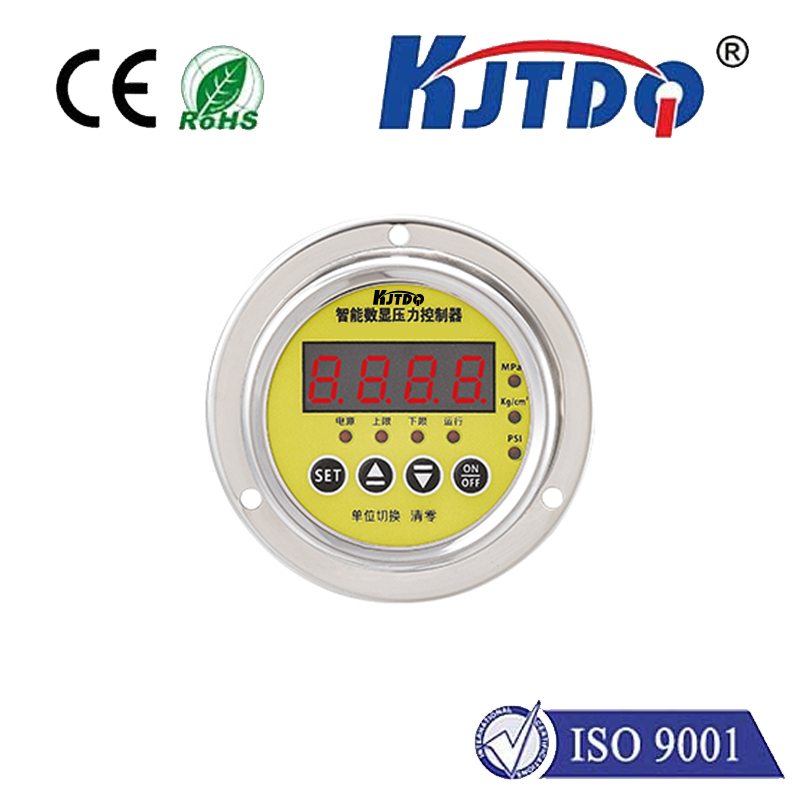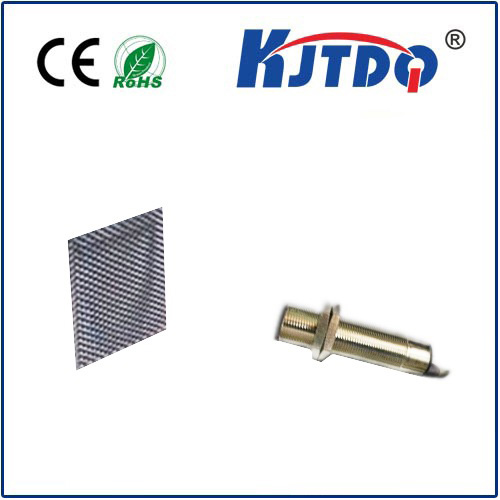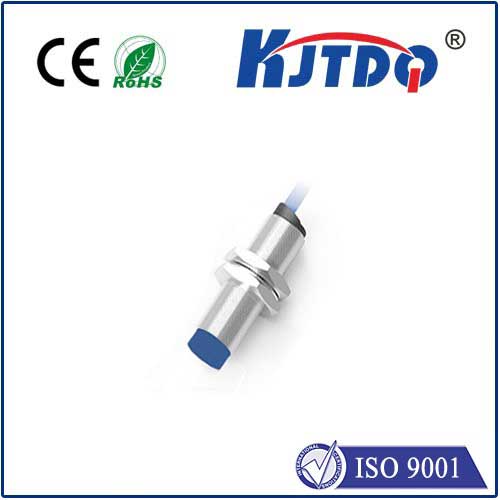

check

check

check

check

check

check

check

check

check

check

Title: Unveiling the World of Capacitive Proximity Sensors In today’s high-tech world, capacitive proximity sensors have emerged as indispensable components in numerous industries and applications. These devices utilize the principle of capacitance to detect the presence or absence of objects without direct physical contact. This article delves into the fascinating realm of capacitive proximity sensors, exploring their functionality, applications, and benefits. Understanding Capacitive Proximity Sensors At its core, a capacitive proximity sensor operates based on the change in an electrical field caused by the presence of a conductive object nearby. This type of sensor consists of a pair of electrodes separated by an insulating material, forming a capacitor. When an object approaches the sensor, it alters the electrostatic field, causing a change in the capacitance that is measurable by electronic circuitry. Unlike inductive sensors that rely on metal objects, capacitive proximity sensors can detect both metallic and non-metallic materials due to their ability to measure changes in the dielectric constant between the sensor and the target object. This makes them extremely versatile for various industrial automation and control processes. Applications Across Industries The versatility of capacitive proximity sensors has led to widespread adoption across different sectors. In manufacturing, these sensors are crucial in assembly line operations for product counting, position detection, and quality control. For example, they can ensure precise placement of components during PCB soldering or monitor liquid levels in packaging machinery. In the automotive industry, capacitive proximity sensors play a vital role in safety systems such as seat belt reminders, door ajar warnings, and gear shift position detection. They contribute to enhanced vehicle safety and convenience features, improving the overall driving experience. Moreover, these sensors find applications in consumer electronics like smartphones and tablets, where they facilitate gesture recognition and touch screen functionalities. Their integration enables intuitive user interfaces and innovative design possibilities. Advantages of Capacitive Proximity Sensors One of the primary advantages of capacitive proximity sensors is their high sensitivity and accuracy, allowing for precise detection even at small distances. This makes them ideal for fine-tuned operations and tasks requiring exact measurements. Additionally, they offer fast response times, which is essential for real-time monitoring and control systems. Another key benefit is their durability and resistance to environmental factors such as dust, moisture, and temperature fluctuations, making them suitable for harsh industrial environments. Furthermore, since there is no physical contact required with the target object, wear and tear are minimal, resulting in longer sensor lifespan and reduced maintenance costs. Conclusion Capacitive proximity sensors represent a significant advancement in sensing technology, offering unparalleled flexibility and reliability in a wide range of applications. From enhancing industrial automation to improving user experiences in everyday devices, their impact is profound. As technology continues to evolve, we can expect even more innovative uses for these remarkable sensors, further solidifying their place in our modern world.

